There’s something satisfying about owning a car that was never sold here. JDM icons from the ’90s and early 2000s offer raw performance, lightweight engineering, and character you won’t find in most modern builds. And thanks to the 25-year import rule, more of them are finally within reach—legally.
Whether you’re after turbocharged sedans, high-revving coupes, or rally-bred hatches, this list focuses on machines that still feel worth chasing. They’re not museum pieces—they’re the kind of cars you’ll want to drive. Here are ten JDM legends you can still import and actually enjoy behind the wheel.
Nissan Skyline GT-R R32
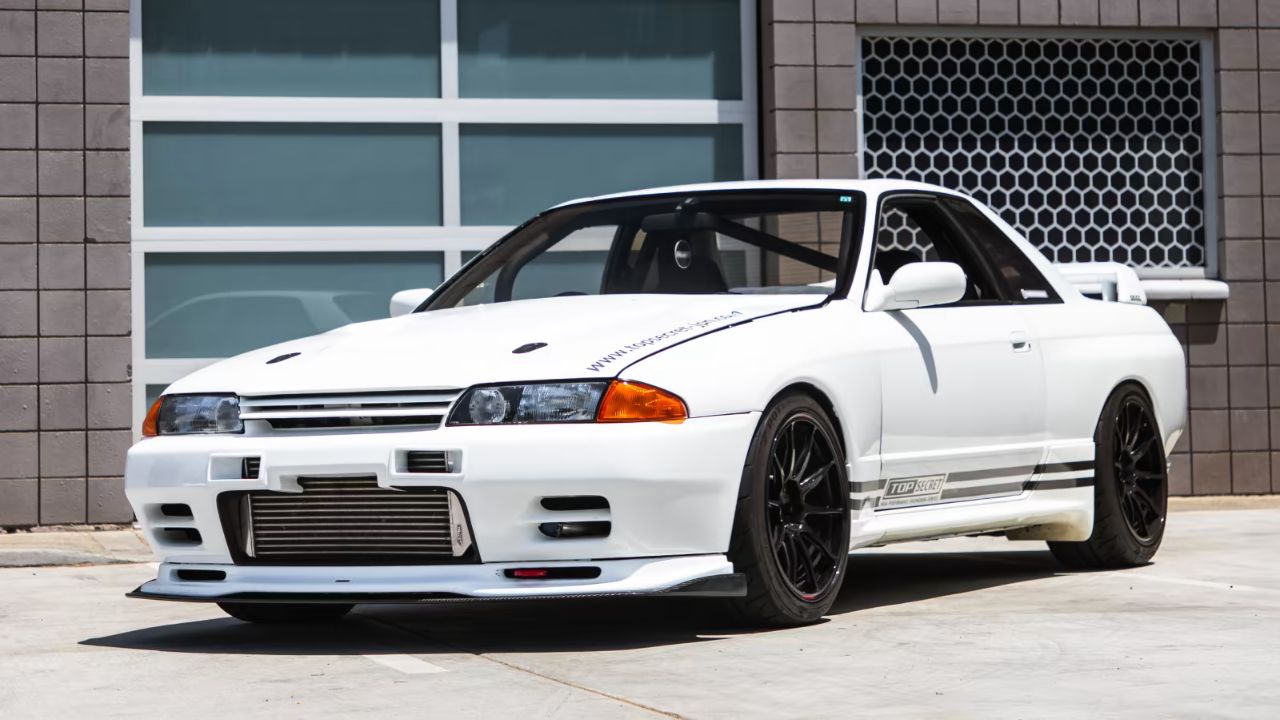
The R32 GT-R hit the streets in 1989 and changed the game with its twin-turbo 2.6-liter inline-six and advanced AWD system. Officially rated at 276 hp, real output was often closer to 300. It ran 0–60 in the low fives and could corner hard thanks to the ATTESA E-TS system.
Inside, it’s clean and analog—simple gauges, tight bucket seats, and not much fluff. It feels raw by today’s standards, but that’s part of the appeal. Now over the 25-year threshold, clean examples can still be found, though prices are creeping up fast.
Honda Integra Type R DC2 (JDM-Spec)
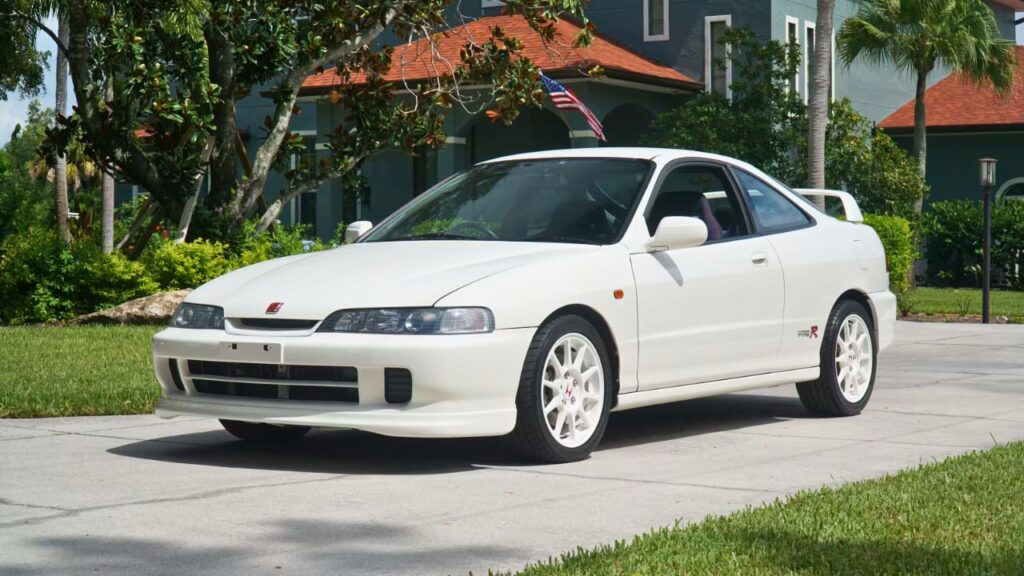
The JDM-spec DC2 Type R arrived in 1995 with a hand-built 1.8-liter B18C engine revving to 8,400 rpm. It made 200 hp, which was serious for a front-wheel-drive car weighing just under 2,400 pounds. The close-ratio gearbox and limited-slip diff made it feel alive.
Compared to U.S. models, the JDM version got better cams, higher compression, and thinner glass for weight savings. The interior had Recaro seats, red carpet, and a titanium shift knob. It’s still one of the most balanced front-drive chassis ever, and plenty are eligible for import now.
Mazda RX-7 FD3S (Series 6)
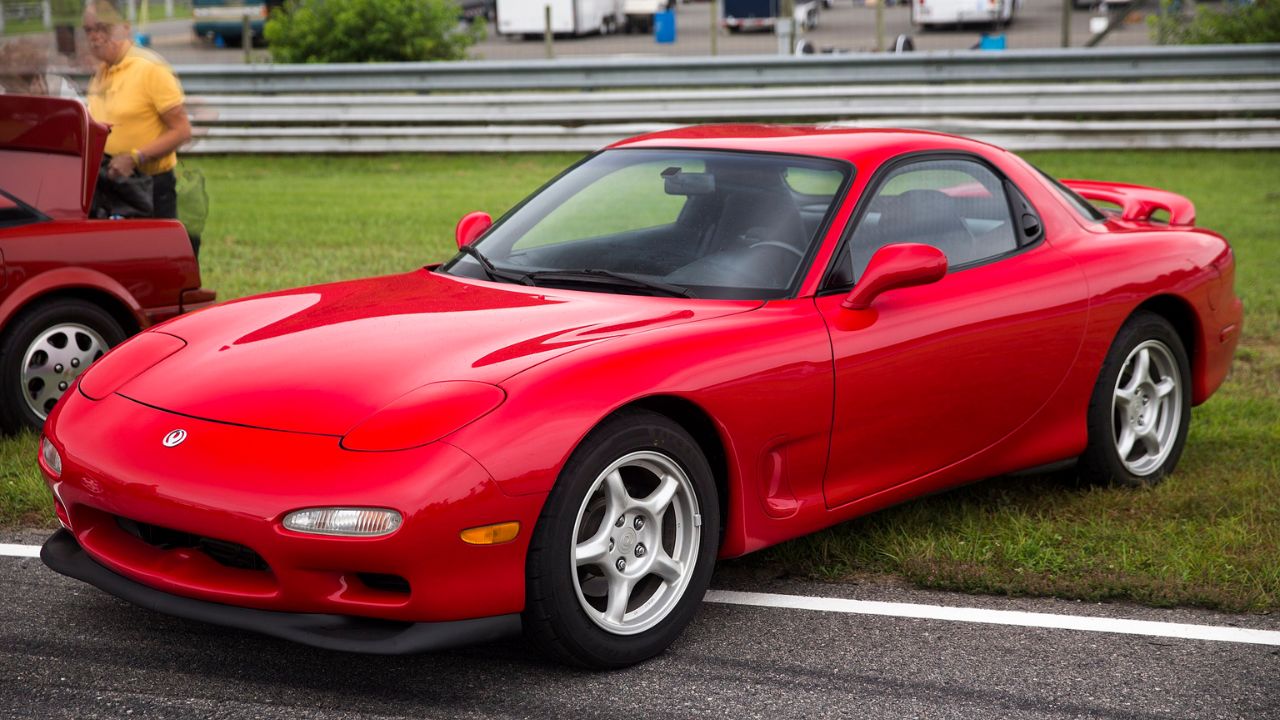
The early FD3S models—especially Series 6 built before 1997—are now legal to import. With its 1.3-liter twin-rotor engine and twin sequential turbos, it put out around 255 hp and handled with near-perfect balance. Curb weight hovered near 2,800 pounds.
Inside, it’s snug but driver-focused, with a low seating position and gauges that wrap around you. The RX-7 isn’t for casual drivers—it needs regular attention and careful tuning—but when it’s right, it’s one of the most rewarding RWD cars from Japan’s golden era.
Toyota Chaser JZX100
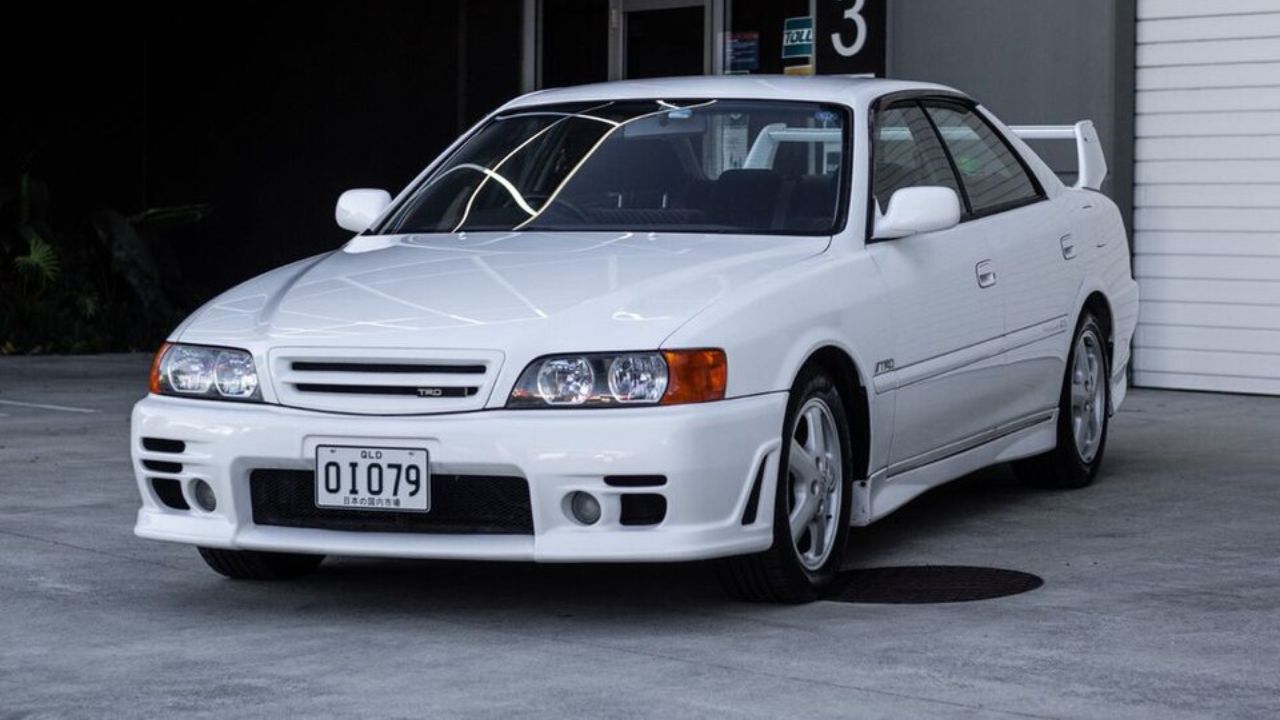
The JZX100 Chaser blends sleeper sedan comfort with RWD dynamics and turbo power. Its 1JZ-GTE inline-six made 280 hp from the factory and took well to basic mods. It could run high 13s in the quarter with just a boost controller and exhaust.
It’s a four-door, but it doesn’t feel soft. The chassis is well balanced, and manual-swapped examples make excellent daily drivers with a little sideways fun when needed. It has just enough space for passengers, without sacrificing that familiar 90s Toyota feel inside.
Mitsubishi Lancer Evolution IV
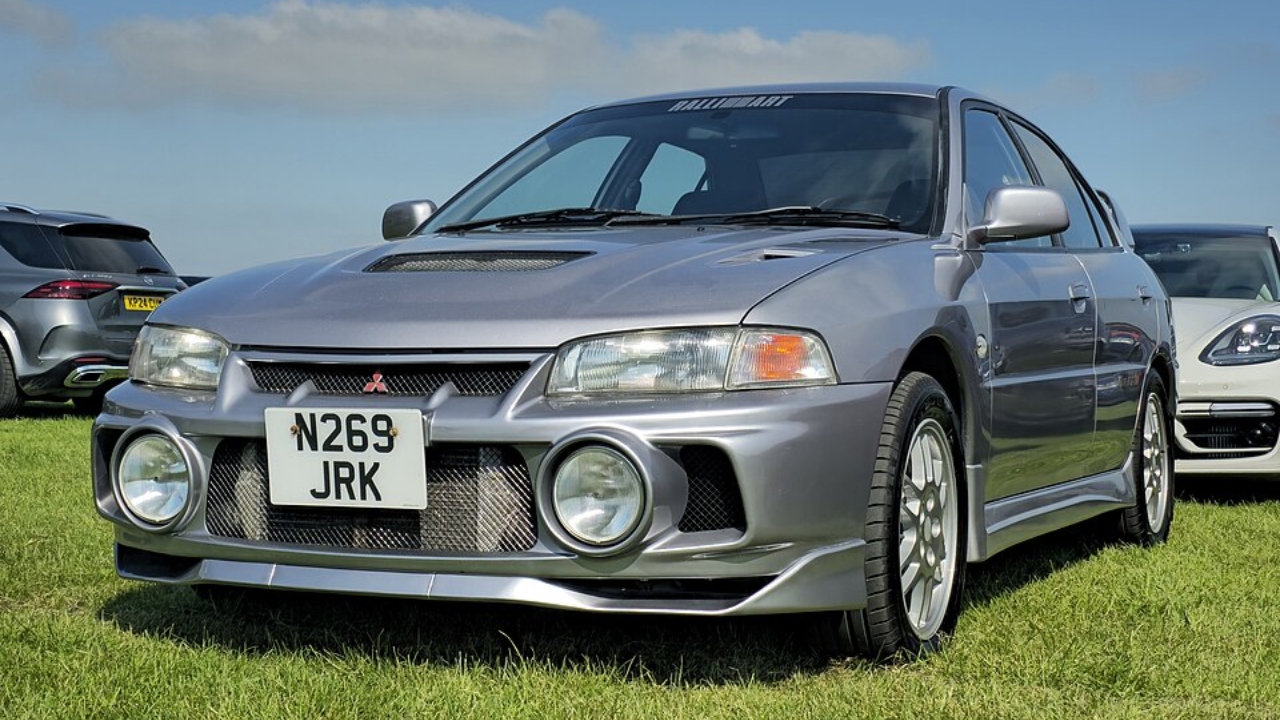
The Evo IV brought serious upgrades in 1996—an all-new chassis, active yaw control, and a redesigned 4G63T making 276 hp. Paired with AWD and a five-speed manual, it could reach 60 in about 4.8 seconds. Steering is sharp, and grip is constant.
Inside, it’s rally-inspired but not uncomfortable. Recaros, Momo wheel, and basic creature comforts are all there. It’s rawer than later Evos, but lighter too. Now legal under the 25-year rule, the Evo IV is a great choice for drivers who like a bit of edge with their traction.
Nissan Silvia S15 (Spec-S and Autech)
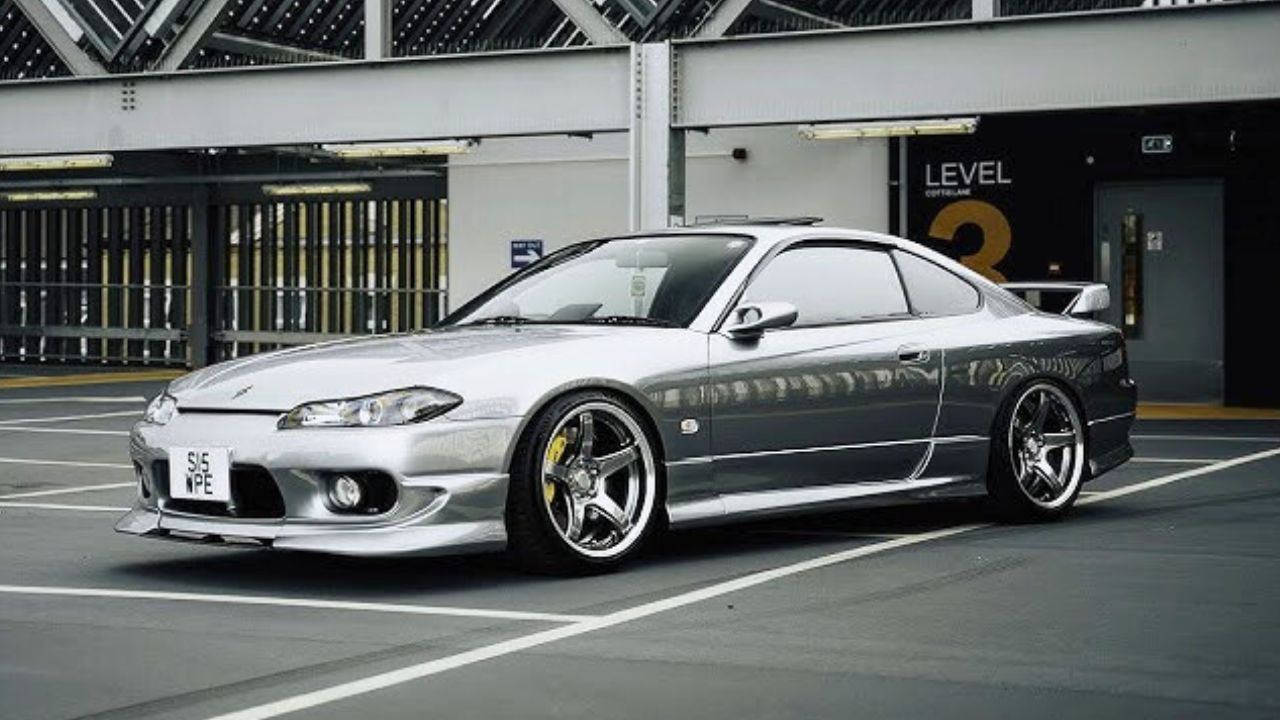
The S15 officially hit production in 1999, which means early models are now importable. While the Spec-R won’t clear U.S. rules just yet, the Spec-S and naturally aspirated Autech versions can. The Autech had a tuned SR20DE making 200 hp with a 7,500 rpm redline.
It’s a rear-wheel-drive coupe with a great chassis, sharp turn-in, and a well-laid-out interior. The S15’s design has aged gracefully, and the aftermarket support remains strong. If you’re patient or creative, it’s a great way to get a near-Spec-R driving experience without breaking import laws.
Subaru Impreza WRX STI Type RA (GC8)
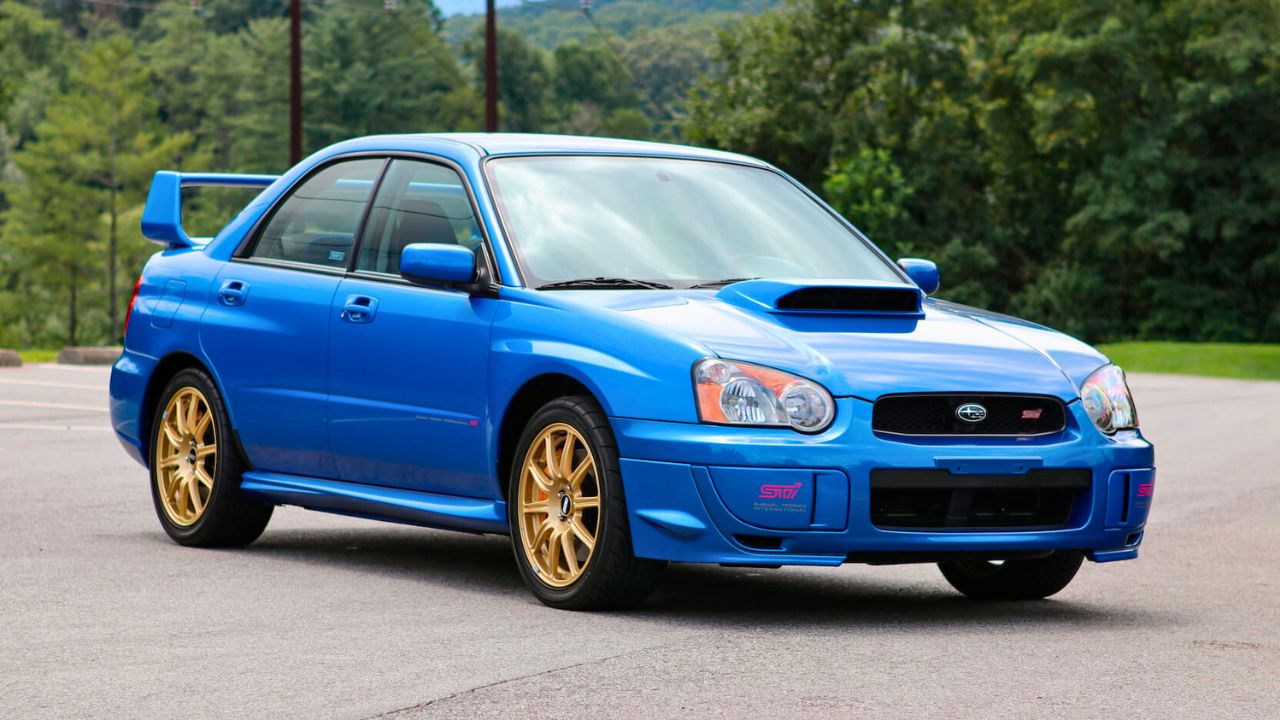
The GC8 Type RA variants were built for rally homologation and left out a lot of fluff—no power windows, thinner body panels, and a close-ratio gearbox. The EJ20 engine made about 276 hp in JDM spec and revved cleanly past 7,000 rpm.
It’s raw and mechanical, with a stiff suspension and constant turbo spool. But it’s also small and agile, with the kind of feedback newer Subarus can’t match. You get the old-school rally feel with just enough practicality to drive it to work during the week.
Toyota Soarer GT-T (JZZ30)
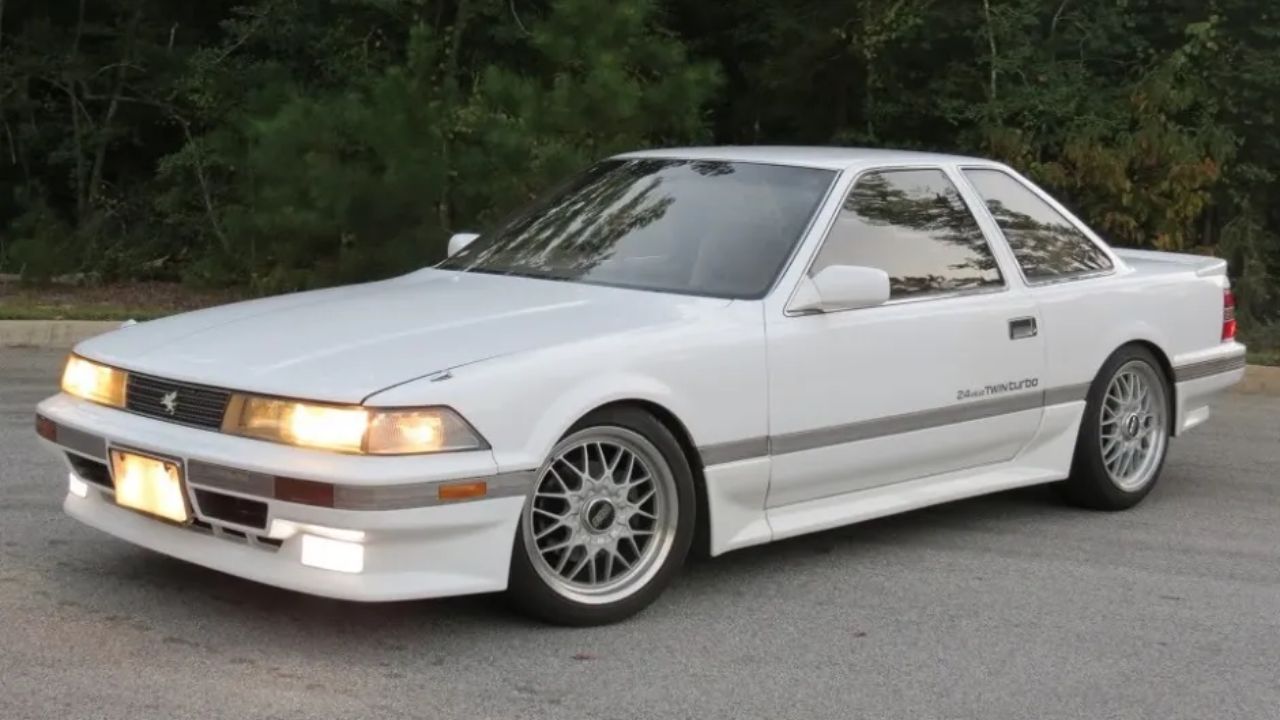
The JZZ30 Soarer GT-T is often overlooked, but it shares its 2.5-liter 1JZ-GTE engine with the Chaser. Making 276 hp, it came with either a five-speed manual or a smooth automatic, and had a curb weight around 3,500 lbs. It’s more GT than sports car—but it still moves.
The cabin leans toward luxury—plush seats, digital displays, and a relaxed ride. But under the skin, it’s got real tuning potential. If you want something with real power that doesn’t scream about it, this is one of the best JDM rear-drive coupes still flying under the radar.
Nissan Pulsar GTI-R
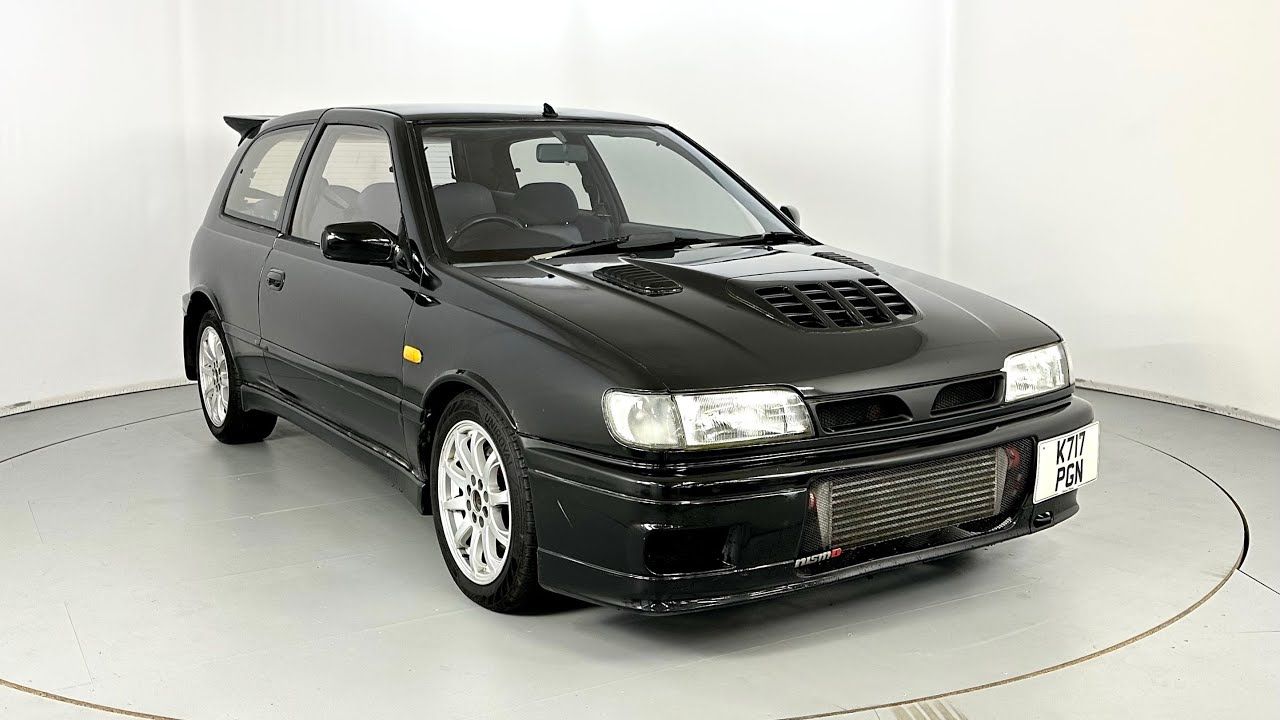
Think of it as Nissan’s answer to the early Evo and WRX—just in hatchback form. The Pulsar GTI-R came with a turbocharged 2.0-liter SR20DET engine pushing 227 hp through a full-time AWD system. It ran 0–60 in about 5.4 seconds and weighed under 2,800 pounds.
Inside, it’s compact but functional. No-frills seats, clear gauges, and just enough room to make it work as a weekend driver. The GTI-R was built for Group A rally, so it’s over-engineered in all the right places. And now that it’s import-eligible, it’s finally getting the attention it deserves.
Honda Beat
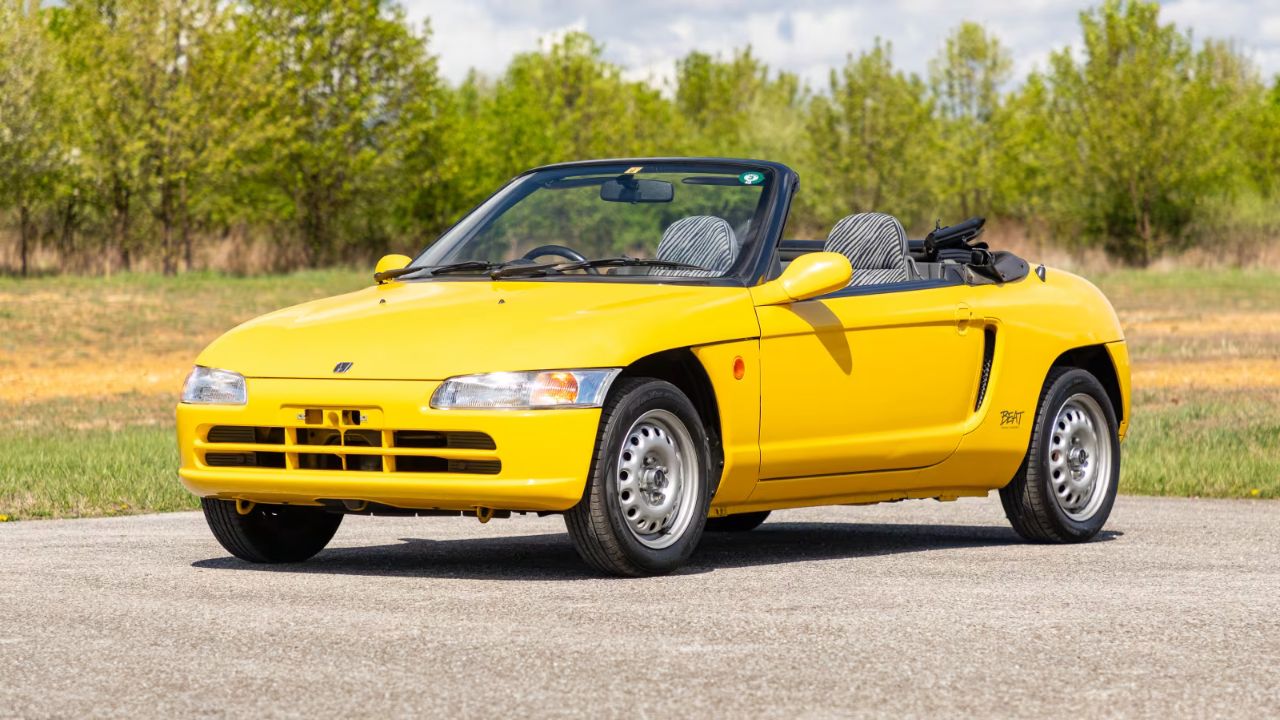
It’s not fast, but the Honda Beat is one of the most connected cars you’ll ever drive. Its mid-mounted 656cc three-cylinder only makes 63 hp, but it revs to 8,500 rpm and weighs just 1,675 pounds. It’s a five-speed manual, rear-drive, and built purely for fun.
The interior is spartan but smart. You get a tight driving position, a short shifter, and analog gauges that beg for spirited driving. It’s more go-kart than grand tourer, but that’s the charm. And as a legal import, it’s perfect for drivers who want something light and mechanical.
Like Fast Lane Only’s content? Be sure to follow us.
Here’s more from us:
*Created with AI assistance and editor review.

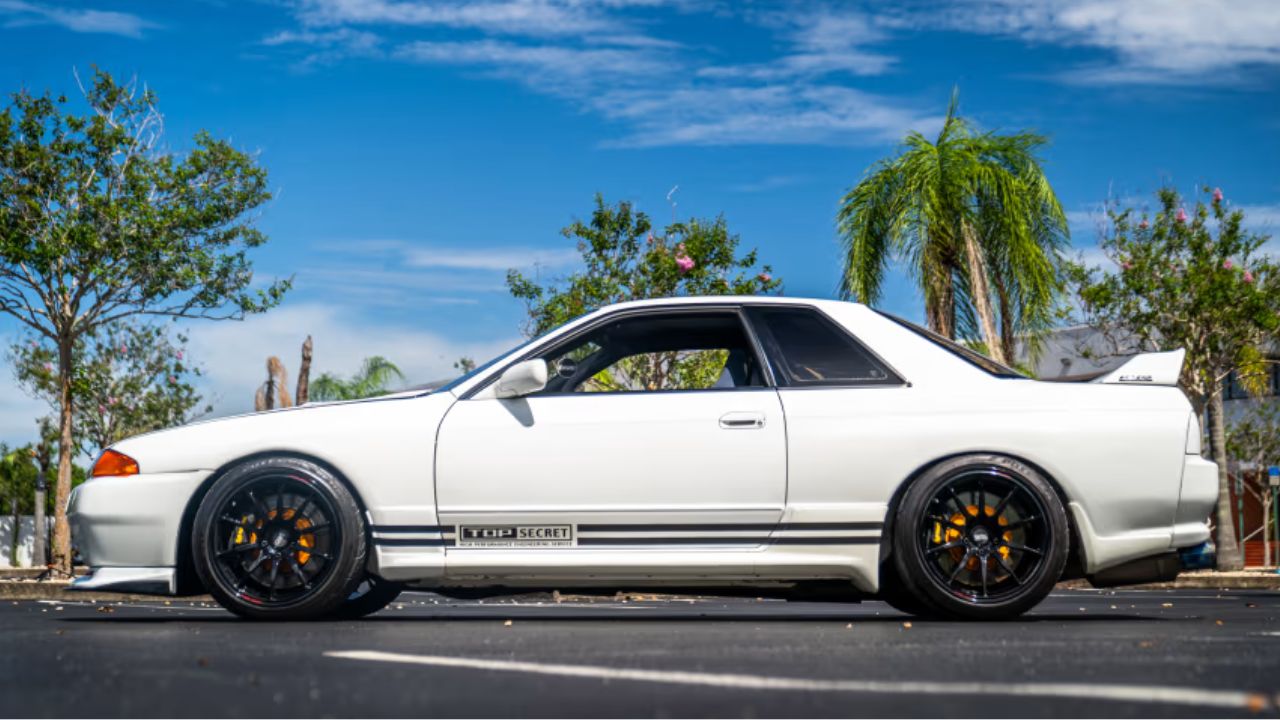
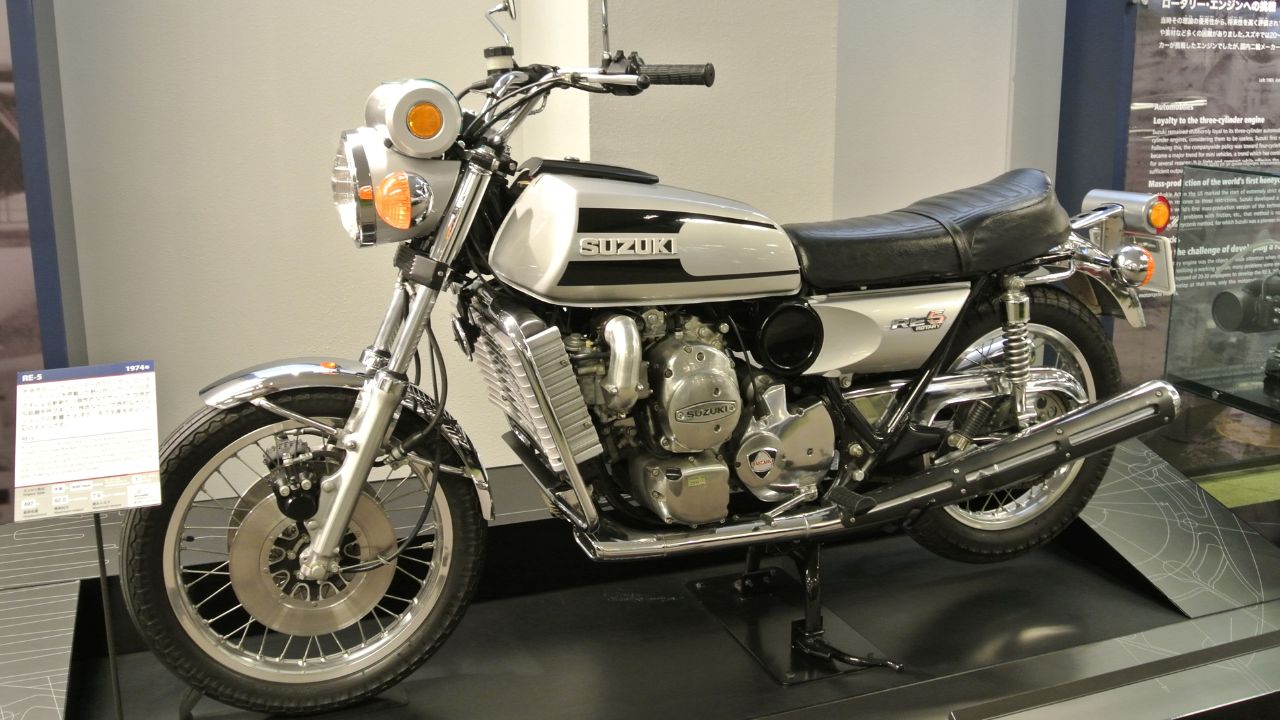
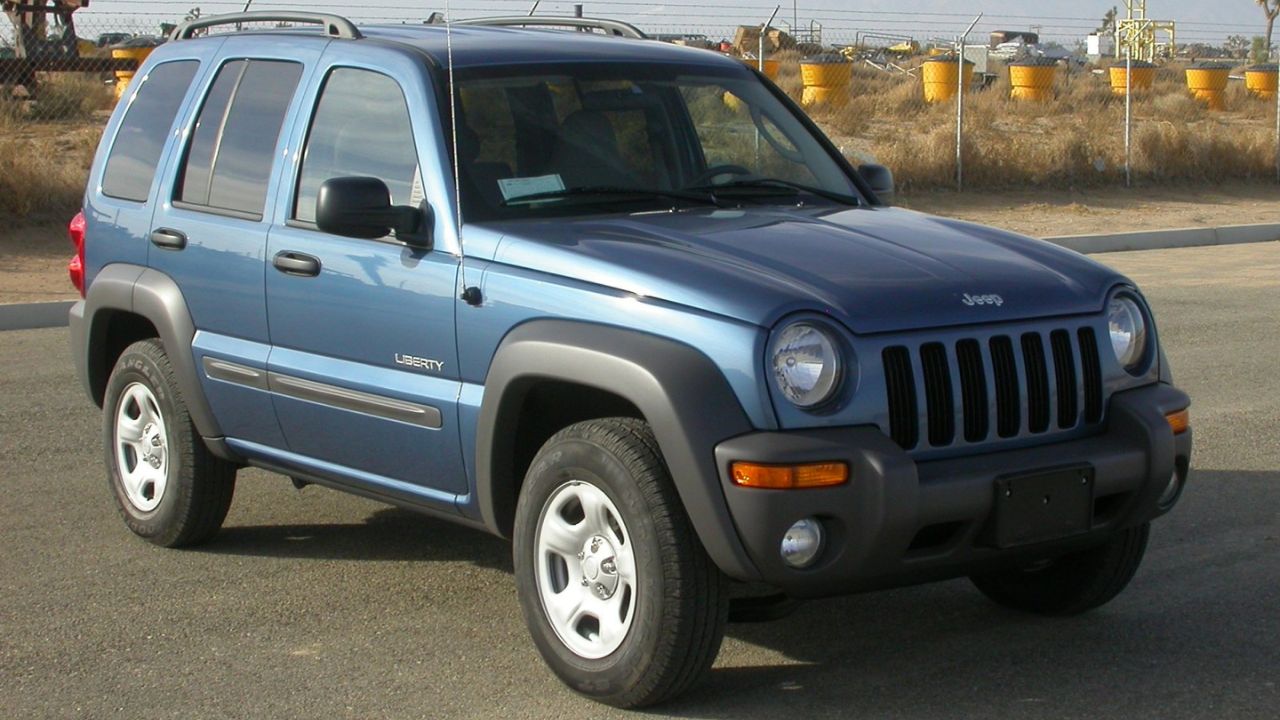
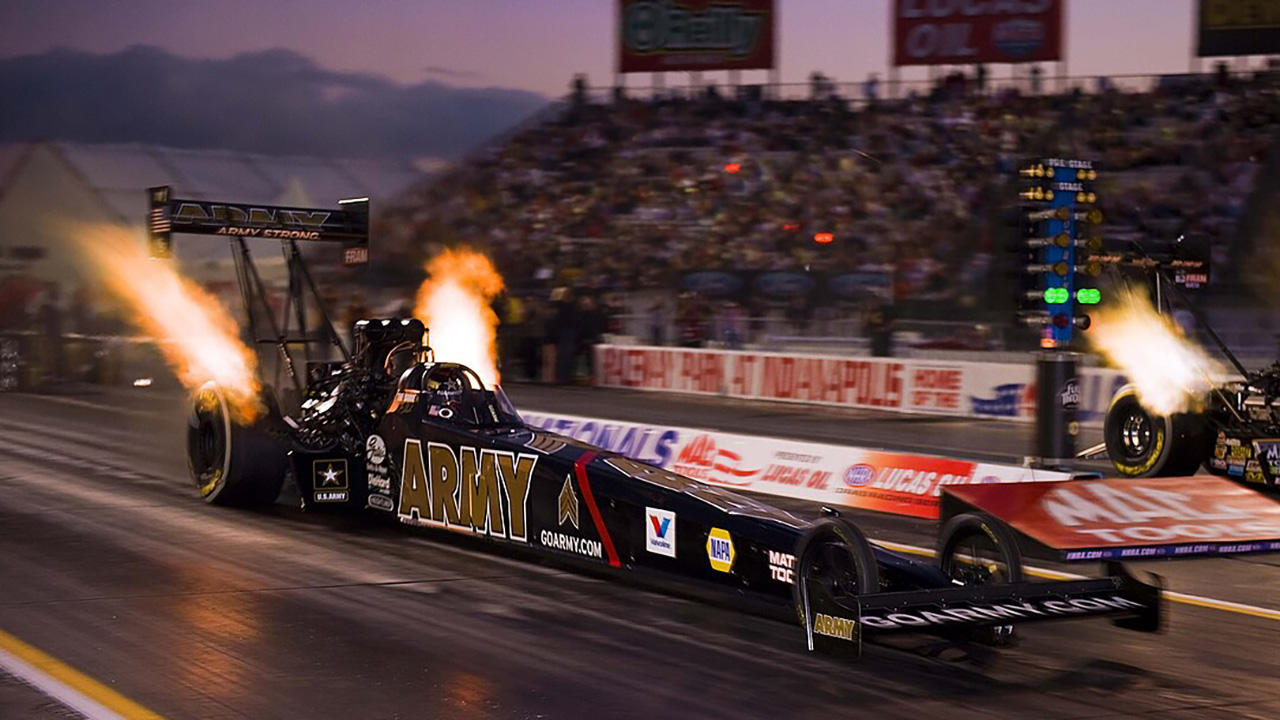
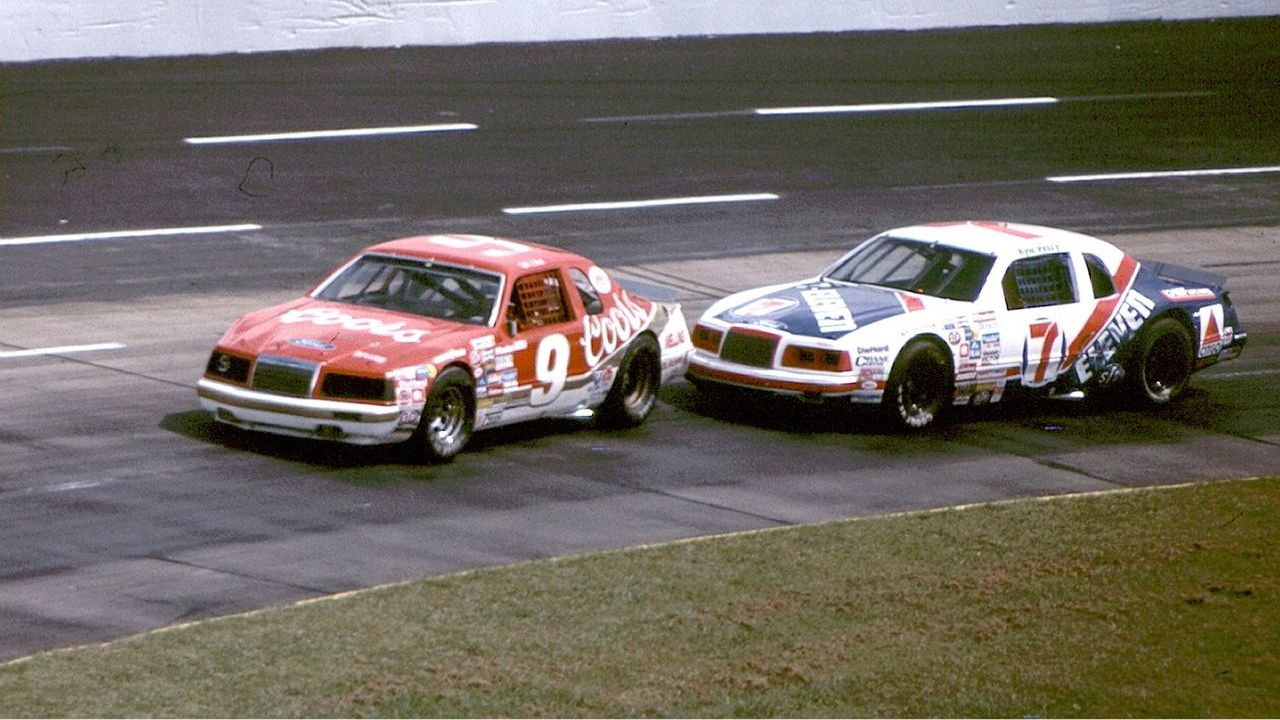
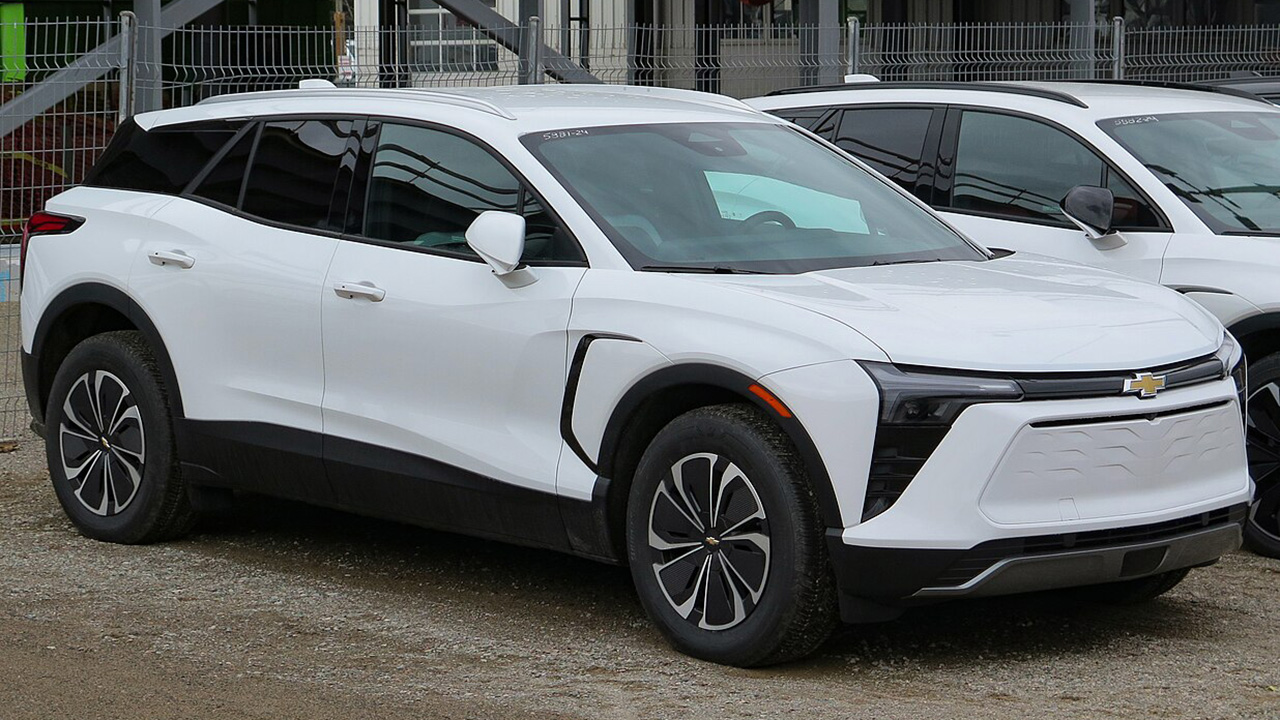
Leave a Reply